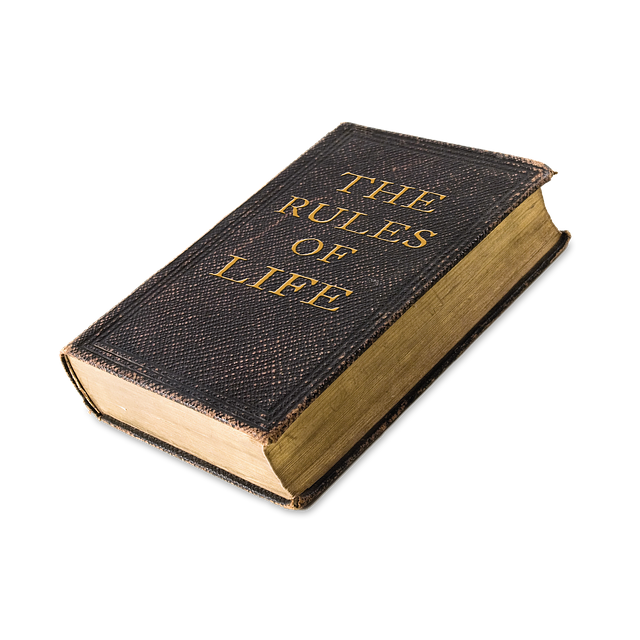Every photographer knows that capturing the perfect shot is an intricate dance between light and shadow, and at the heart of this dance is the essential rule of exposure. Whether you are a seasoned professional or a budding enthusiast, understanding how to master this rule is crucial in defining your photographic journey.
At its core, exposure refers to the amount of light that reaches your camera’s sensor. This fundamental element is governed by three key settings: aperture, shutter speed, and ISO. Each setting acts like a piece of a puzzle that, when arranged correctly, helps conjure stunning imagery.
Aperture: The Gateway to Depth of Field
The aperture is the opening in a lens through which light passes. It is measured in f-stops, with smaller numbers (like f/1.8) allowing more light in, while larger numbers (like f/16) let in less light. This rule determines not just exposure but also depth of field—the amount of your photo that appears in focus. A wide aperture creates a beautifully blurred background, perfect for isolating your subject. In contrast, a narrow aperture keeps more of the scene in sharp focus, ideal for landscape photography.
Shutter Speed: Timing is Everything
Shutter speed refers to how long the camera’s shutter is open, exposing the sensor to light. Measured in seconds or fractions of a second, this rule directly influences movement in your photos. Fast shutter speeds (like 1/1000 of a second) freeze action, perfect for photographing sports or wildlife. Conversely, slower shutter speeds create motion blur, conveying a sense of movement in your images—ideal for capturing the flowing motion of waterfalls or bustling city streets.
ISO: Sensitivity to Light
ISO measures the sensitivity of your camera’s sensor to light. A low ISO (like 100) is best for shooting in bright conditions, resulting in clearer images with less noise. However, in low-light situations, you’ll want a higher ISO (like 1600 or above) to capture detail without using a long exposure. This rule of exposure is pivotal for maintaining image quality, as too high of an ISO can introduce grain, which may detract from the overall aesthetic of your photograph.
The Balancing Act
Mastering the rule of exposure requires a delicate balance of these three settings. When adjusting one, you’ll often need to compensate with another to maintain the right exposure. For instance, if you open your aperture wider to allow more light in, you may need to shorten your shutter speed to prevent overexposing the shot.
As you delve deeper into the world of photography, practicing with your camera and experimenting with different settings will train your eye to recognize the proper exposure for every scene. Trust your instincts; photography is as much about feeling as it is about the technical aspects.
Exploring Your Optics
Your choice of lens—a critical component of your photography toolkit—also influences how exposure impacts your shots. Prime lenses with wide apertures excel in low-light situations, while zoom lenses offer versatility in framing your subject. Assessing the optics best suited for your style will elevate your work and enhance your understanding of light and exposure.
By embracing the rule of exposure, you will not only become more proficient with your camera but also embark on a journey of self-discovery as an artist. Every image you capture reflects your vision, passion, and interpretation of the world around you. So pick up your camera, head outside, and let the dance of exposure transform your photography.



